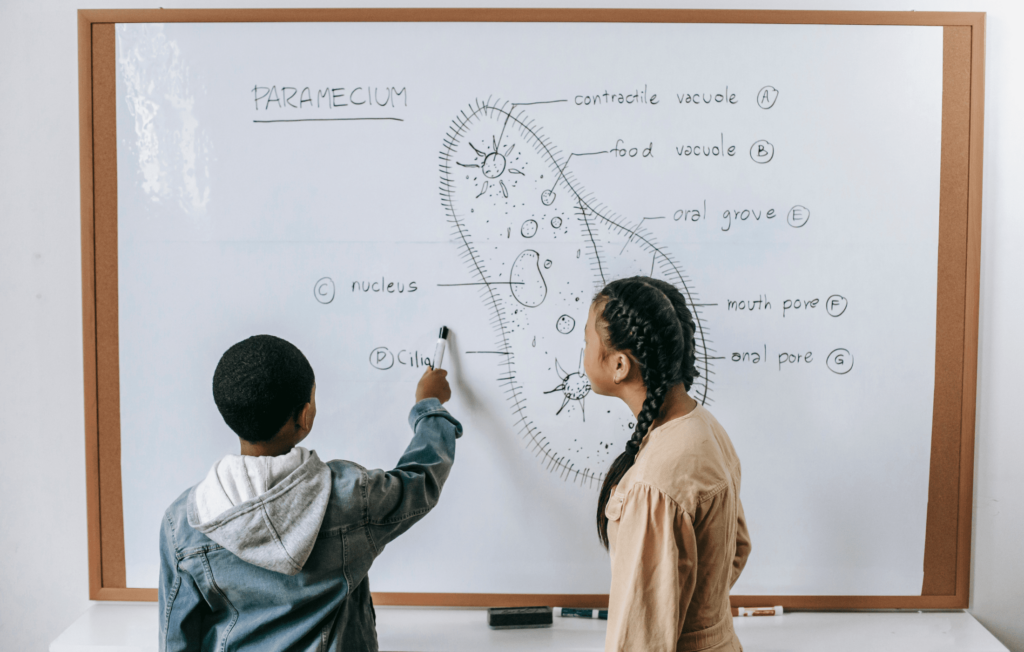Why Working At Your Own Pace Is Important
There are many benefits to attending a virtual school. From the flexibility it gives a student to pursue extracurricular interests and activities to the opportunity it provides a student to catch up or get ahead of their studies, a virtual school environment has undoubtedly many advantages.
But out of all of the reasons a student should consider enrolling in a virtual school program, the most universal advantage is the workflow versatility it affords its participants. In short, a virtual school education allows students to work at a pace that caters to their learning style-not someone else’s. A virtual school education, while still mindful of deadlines, embraces a student’s individual learning style and then caters to that learning style by setting individualized goals and objectives.
This idea of learning at your own pace is one of the fundamental pillars of an idea known as “competency-based learning.” For those who are unfamiliar with this learning method, a competency-based education measures learning rather than time. It allows a student to comprehend any given subject without having to keep an eye on the clock. It enables a student to work through an assignment at a faster rate, or on the contrary, take the additional time needed based on their individual academic needs.
Competency-based learning has grown increasingly popular as the country searches to ensure that all students are college and career-ready.
“Students progress by demonstrating their competence, which means they prove that they have mastered the knowledge and skills (called competencies) required for a particular course, regardless of how long it takes. While more traditional models can and often do measure competency, they are time-based — courses last about four months, and students may advance only after they have put in the seat time.”
– What is Competency-Based Learning?
Now that you have a better understanding of competency-based learning let’s see how this concept translates to a virtual school environment by discussing some of the real-life scenarios an online student may encounter:
Tests
Competency-based students can continue to work on assessments (tests) and/or projects until they master the competency. This is unlike the traditional model where a project or assessment can be submitted once within a confined period of time.
Homework
Competency-based students ideally work towards mastery, so traditional homework doesn’t really apply. Each student, operating in a self-paced environment, may be working on different competencies, so assigning the same work via homework doesn’t apply.
Courses
In traditional schools, a student typically takes courses that are broken up by semesters or quarters, meaning they are given a finite period of time to comprehend the subject. While many virtual schools run on a schedule that matches a student’s local school calendar, some online schools allow for versatile workflows that do not adhere to a calendar-meaning the time it takes for a virtual school student to complete a course is completely up to the student. The timeline for course completion will be flexible to meet the needs of students.
At Virtual Learning Academy Charter School (VLACS), it’s all about learning at your own pace. At VLACS, unlike other virtual schools, students can work on assessments until they’ve demonstrated mastery of the given subject. The notion of homework doesn’t apply at a virtual school like VLACS-which is yet another differentiator from other online schools.
Students enrolled at VLACS can opt to work at an accelerated, traditional or extended pace. While regular work submission and communication is required in all VLACS courses, a student is able to move freely through their course work-at their own pace.
Our course catalog features a variety of subjects designed for any type of learner. Attend an open house webinar to learn how you can begin your online education.



